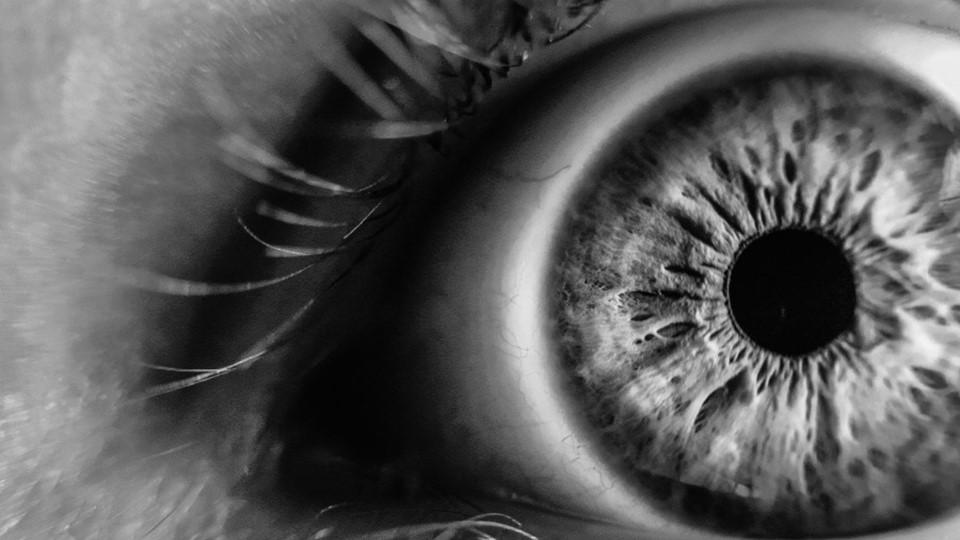Boehringer raises hope of diabetic macular ischaemia therapy

Boehringer Ingelheim says it may have found the first therapy for diabetic macular ischaemia (DMI), a common and irreversible complication of the eye in people with diabetes.
Around a third of people with diabetes go on to develop diabetic retinopathy, a sight-robbing condition that can be treated with anti-VEGF therapies like Bayer/Regeneron’s Eylea (aflibercept) and Roche/Novartis’ Lucentis (ranibizumab) or laser therapy. The high blood sugar levels associated with diabetes can damage the retina’s blood vessels, leading to fluid and blood leakage into the macula area of the retina.
For patients with diabetic retinopathy that do not respond to anti-VEGF therapies, however, there are few treatment options – and none that are approved to treat DMI, a serious complication in which the light-sensitive tissues of the central retina do not receive adequate blood supply.
DMI occurs when there is retinal non-perfusion, in which the vasculature in an area of the retina becomes degraded. Enter Boehringer’s BI 764524, an anti-Sema3A antibody that is hypothesised to regrow the vascular network in areas of the retina that have been starved of oxygen, as well as reduce retinal leakage.
Results of the phase 1/2a HORNBILL study, which looked at the safety of injections of BI 764524 into the eye as well as initial efficacy measures, were presented yesterday at the Association for Research in Vision and Ophthalmology (ARVO) in Seattle, US.
Professor Quan Dong Nguyen of Byers Eye Institute and Stanford School of Medicine, the lead investigator in the trial, told delegates that the drug appeared to be safe at all the doses tested in the study, with just two adverse events linked to the drug, neither of which was serious.
In addition, the study also met its objective of showing early signs of stabilising the foveal avascular zone (FAZ) of the retina compared to sham injections at week 16.
“The results from the HORNBILL study are really encouraging,” said Prof Nguyen. “They suggest there may be a pathway for earlier intervention that could decrease the risk of, and maybe even prevent, people with diabetic retinopathy from developing irreversible and vision-threatening complications, such as DMI.”
He also said that, while retinal non-perfusion is a key driver of vision loss in people living with diabetic retinopathy, the HORNBILL study is the first to investigate a drug that attempts to target it.
Boehringer’s head of retinal health, Ulrike Graefe-Mody, said the company now plans to start recruiting patients into a phase 2b trial called CRIMSON later this year as it works towards “delivering the right treatment for the right patient at the right time to prevent vision loss before irreversible damage occurs.”
Last month, Boehringer – which has reportedly just overtaken Bayer to become the largest Germany-headquartered pharma group – said its pipeline is currently the best in its 139-year history, with 25 new treatments set for launch between now and 2030.


